While domestic cats are often valued for their companionship, their role in disease control is an aspect that is frequently overlooked. These furry friends are not just cuddly creatures but also crucial players in maintaining ecological balance and controlling various pests that could otherwise spread diseases. Let’s delve into how domestic cats contribute to disease control in surprising and multifaceted ways.
Historical Perspectives: Cats in Human Society
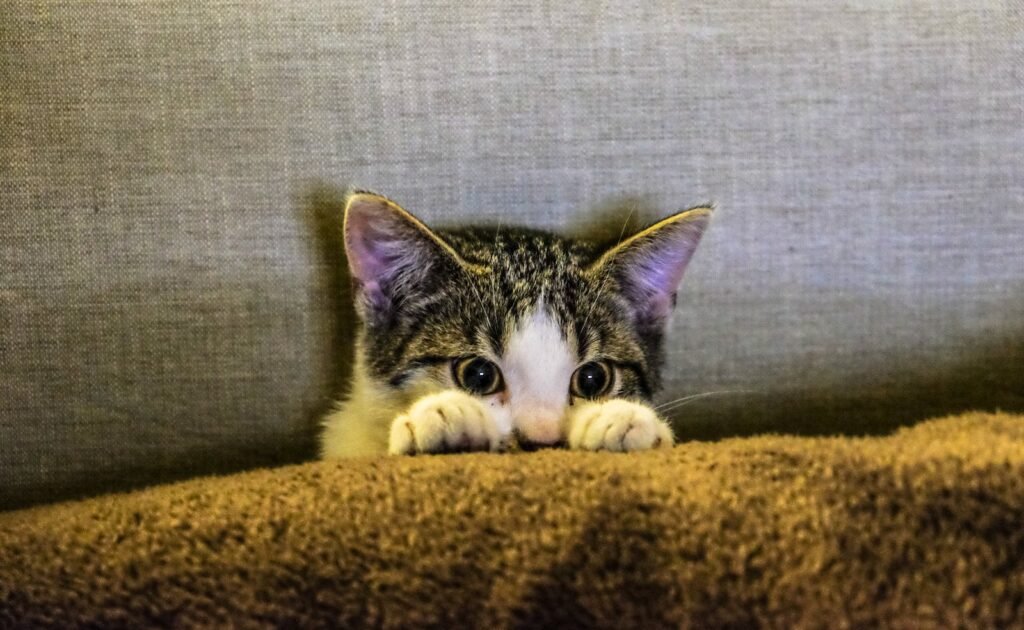
Cats have been part of human society for thousands of years. In ancient Egypt, they were revered and often associated with divinity. Their skills in hunting and controlling rodent populations were recognized early on as invaluable. This historical interdependence laid the groundwork for a partnership between humans and cats that persists to this day.
Pest Control: The Natural Predators
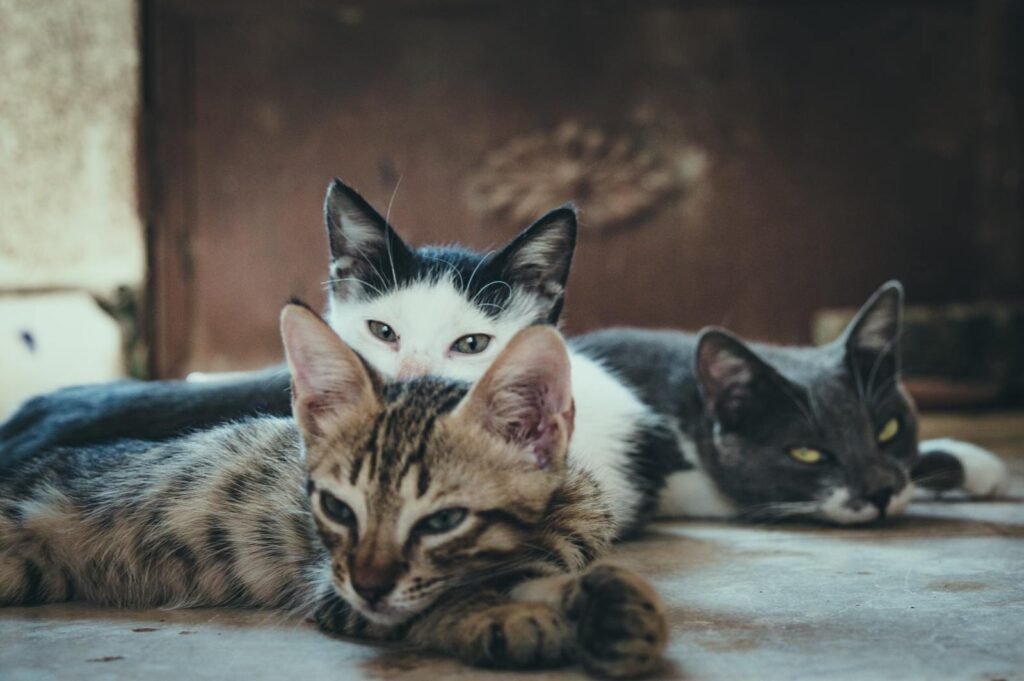
One of the most direct ways cats help in disease control is through their hunting instincts. By preying on rodents like mice and rats, cats significantly reduce the populations of these animals that are known carriers of numerous diseases, such as hantavirus, leptospirosis, and even the bubonic plague.
Controlling Zoonotic Diseases
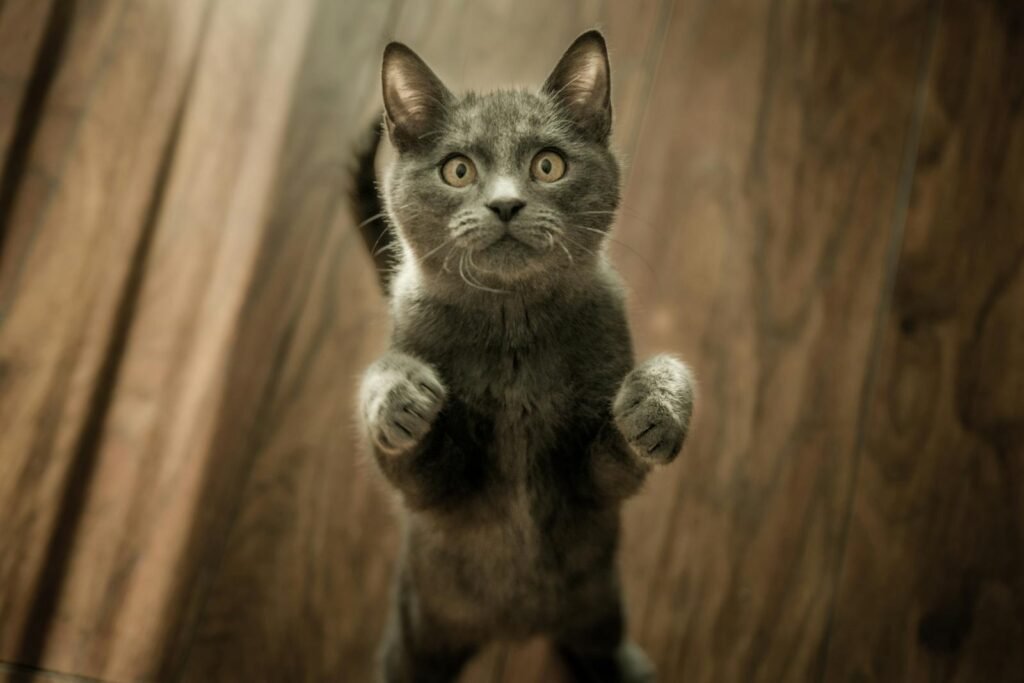
Cats indirectly assist in minimizing the risk of zoonotic diseases, which are diseases that can be transmitted from animals to humans. By managing rodent populations, cats reduce the likelihood of these diseases spreading within human populations. This is particularly important in urban areas where humans and potential disease-carrying rodents coexist closely.
The Impact on Biodiversity
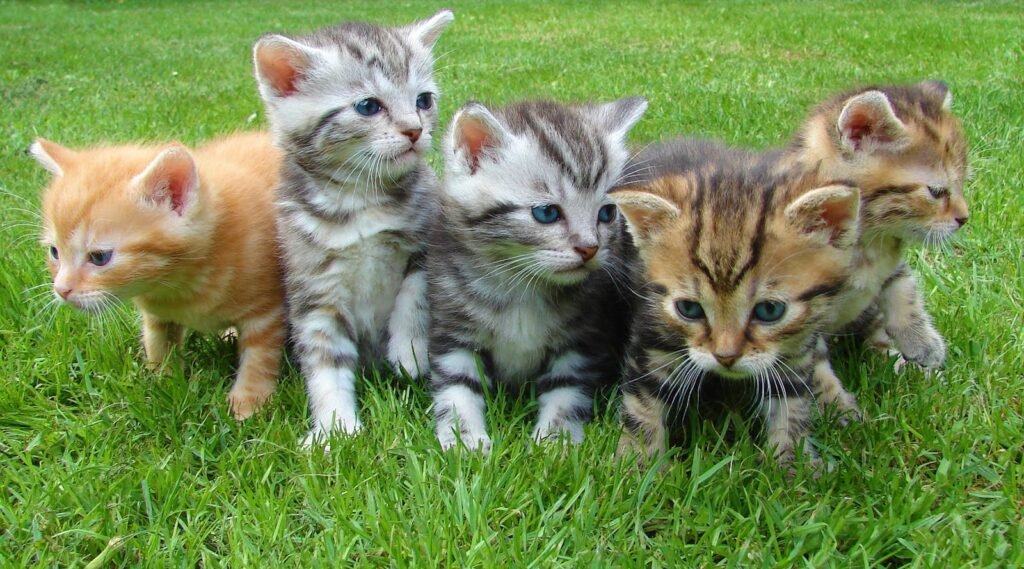
While cats help control disease vectors like rodents, their impact on biodiversity is a double-edged sword. In some cases, cats can threaten local wildlife populations, which can have complex ecological consequences. Understanding this balance is crucial for maintaining both human health and environmental integrity.
Cats as Sentinels of Environmental Health
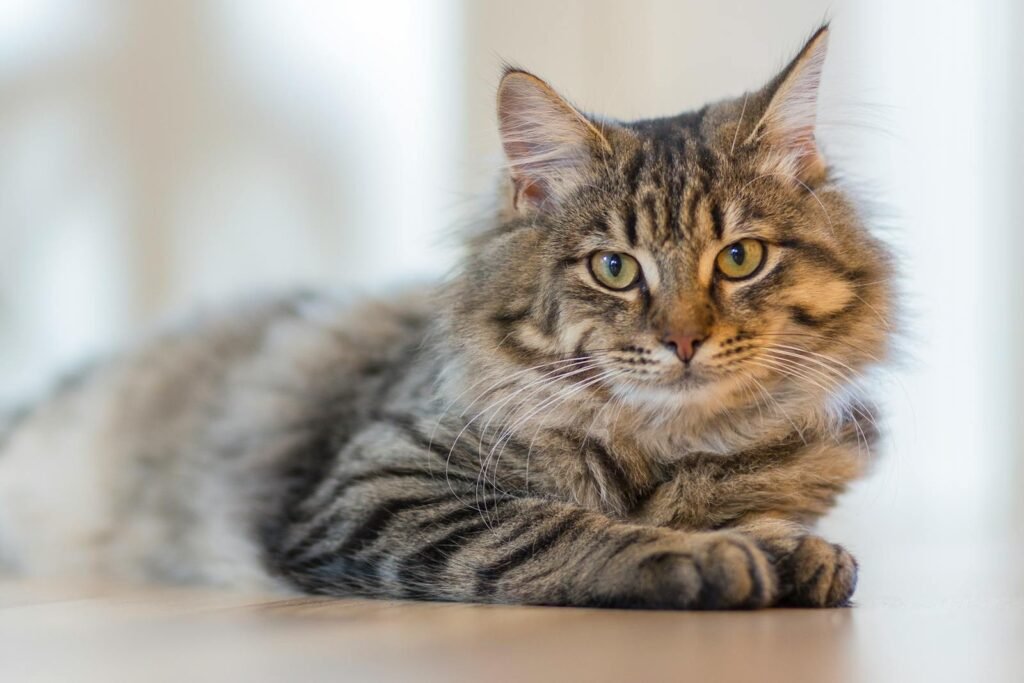
Domestic cats can serve as early warning systems for environmental health threats. Their health can reflect the presence of toxic substances or viral outbreaks in an area. Observing trends in outdoor cat health might provide insights into potential environmental crises.
Toxoplasmosis: A Mixed Bag
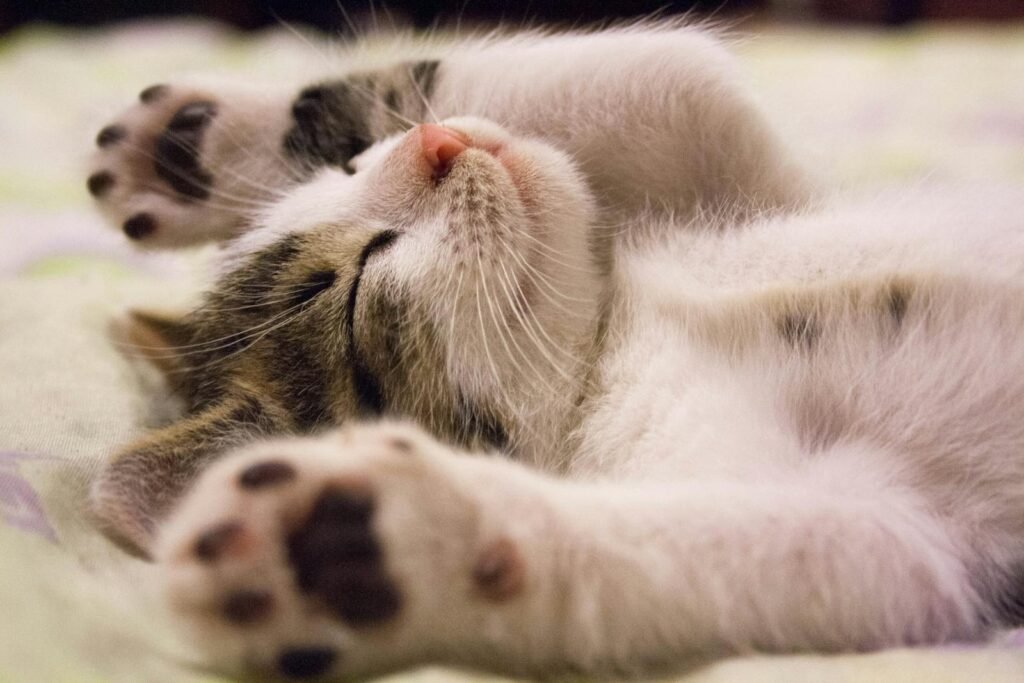
While cats contribute to controlling diseases, they are also the primary hosts for Toxoplasma gondii, the parasite responsible for toxoplasmosis. Most healthy adults will not be affected by the parasite, but it can cause severe issues in individuals with weakened immune systems and pregnant women. Thus, the role of cats in disease control is nuanced and requires careful consideration in certain contexts.
The Behavioral Adaptions of Cats
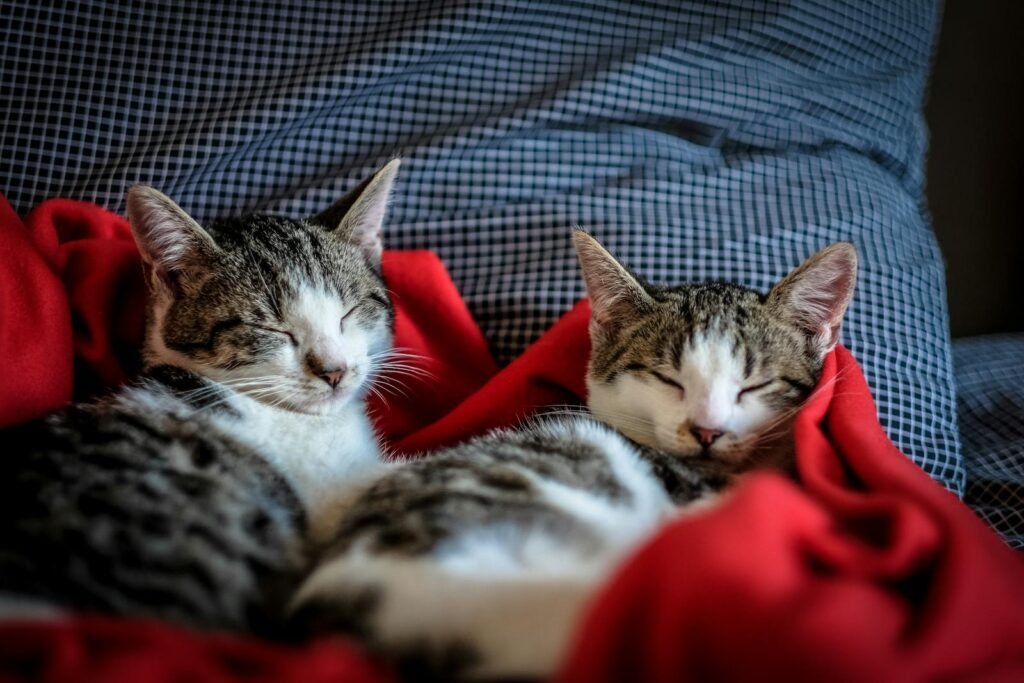
The natural habits and morphology of cats make them particularly adept hunters. Their acute senses, agility, and stealth enable them to efficiently control populations of small mammals. Understanding these behavioral traits can help us appreciate how cats manage to exert such influence on their environment.
The Benefits Beyond Rodent Control
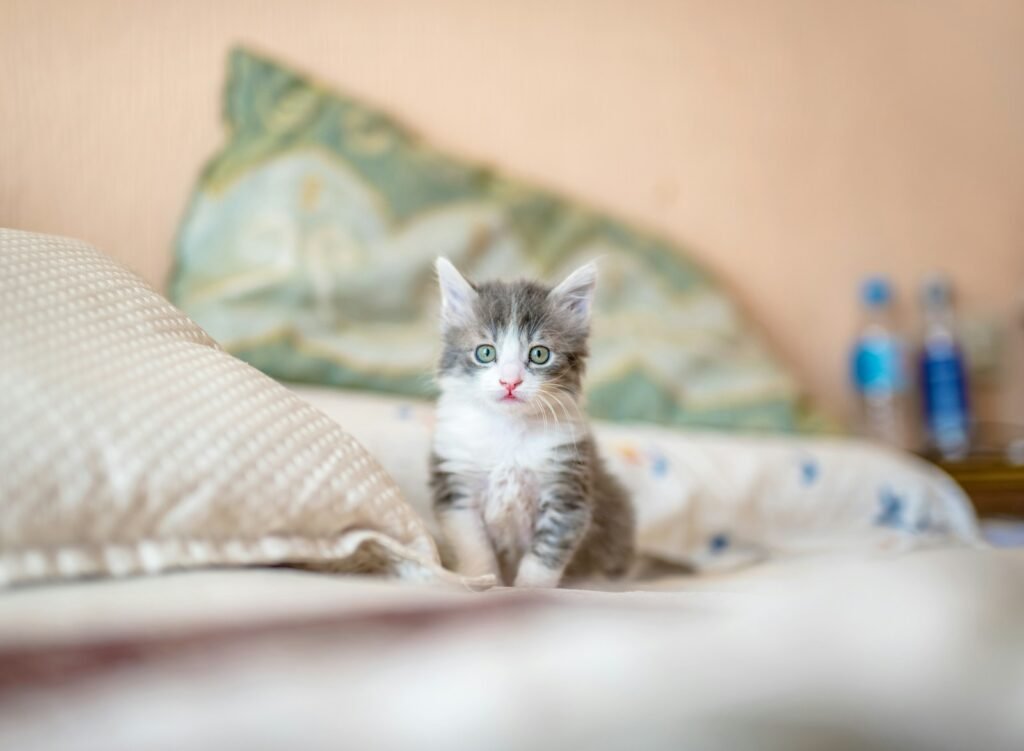
In addition to directly hunting pests, the mere presence of cats can act as a deterrent. Many rodents will avoid areas where cats are present, reducing their impact on human habitats indirectly. This aspect of disease control is often underappreciated but equally significant.
A Multifaceted Relationship with Humans
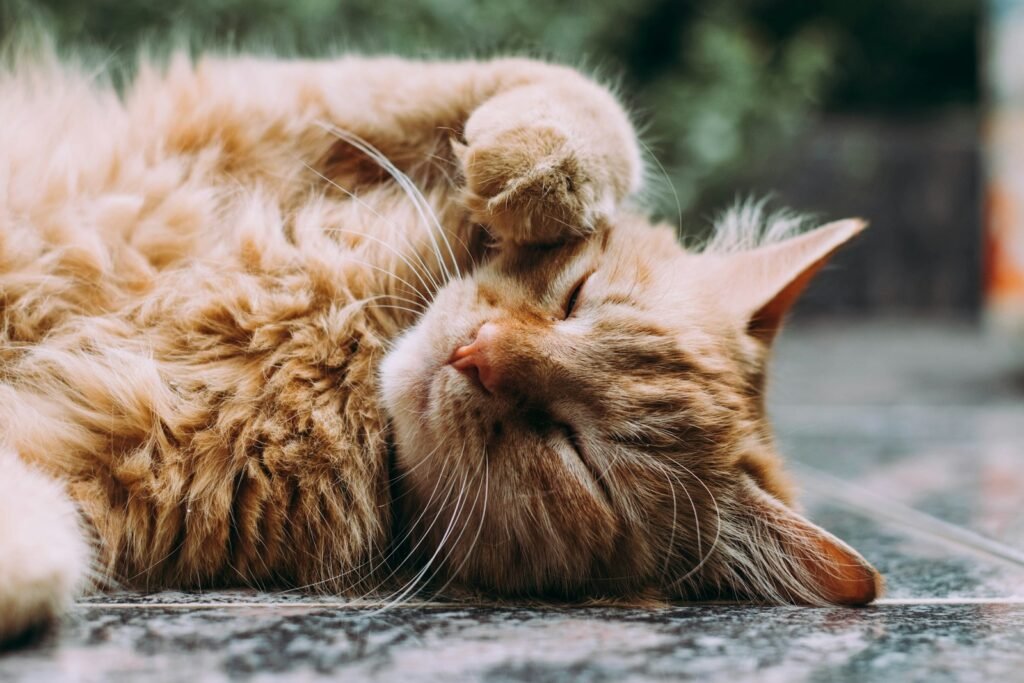
The relationship between humans and cats is multifaceted, blending companionship with practical benefits. While providing affection and joy to many households, cats also play a silent yet active role in managing disease vectors. Recognizing their contributions can foster a deeper appreciation for these incredible animals.
Conclusion: The Future of Cats in Disease Control

As our understanding of ecology and public health advances, the role of domestic cats in disease control is likely to become a more prominent focus of research and discussion. They offer a natural, sustainable method of pest control but require careful management to protect biodiversity. Celebrating cats’ contributions can enhance our strategies for ecological balance and disease prevention in the coming years.
Hi, I’m Bola, a passionate writer and creative strategist with a knack for crafting compelling content that educates, inspires, and connects. Over the years, I’ve honed my skills across various writing fields, including content creation, copywriting, online course development, and video scriptwriting.
When I’m not at my desk, you’ll find me exploring new ideas, reading books, or brainstorming creative ways to solve challenges. I believe that words have the power to transform, and I’m here to help you leverage that power for success.
Thanks for stopping by, Keep coming to this website to checkout new articles form me. You’d always love it!






